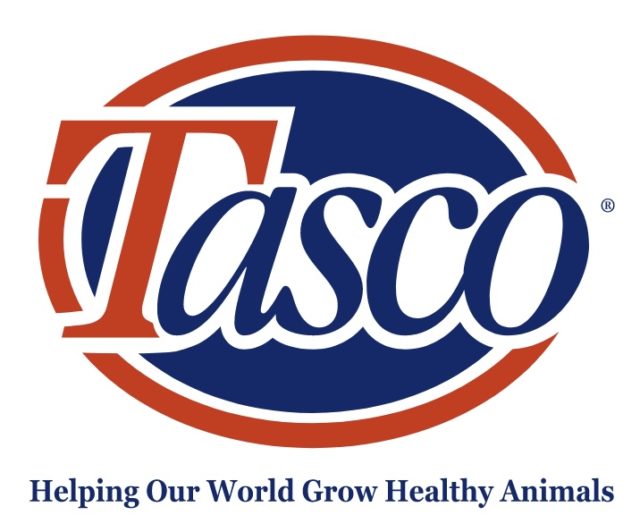This month’s VAS DC305 tip of the month is on reproduction. Reproduction is one of the most important areas on a dairy and can decide the level of success a dairy has. It not only provides the replacements and next generation of superior genetics, but also affects the cash flow on the dairy.
With a good reproductive program, dairies are able to get animals bred back sooner, which will result in the dairies having a lower average DIM (days in milk). Why is this important? Lower DIM means that the average DIM of the cows in the herd is when peak production is happening. The higher the average DIM, average production is dropping.
Click on the images below to view them in more detail.
See the graph in Figure 1, which illustrates that reduction in the interval to conception will increase daily milk yields (lower average DIM). The graph in Figure 2 also illustrates this with the relationship of milk yield and income over feed costs by DIM. I will be discussing reproduction in a couple of different parts. This month we will be looking at “How can DC305 help you see how the reproduction program is going on a dairy?”
The command EGRAPH BRED FOR LACT>0\SN1T150 BY LGRP will show you the DIM at the first breeding. This graph allows you to see the compliance of your reproduction and when animals are being bred. See Figure 3 for an example of two different types of breeding programs.
BREDSUM\EA will give the pregnancy risk for the herd. Pregnancy risk is not calculated as HDR times CR. It is probability (risk) that an eligible open cow will become pregnant in the next 21 days. It is the number of pregnancies divided by the number of eligible cycles (Figure 4). When looking at the pregnancy risk, industry goals establish 20 percent as “good,” 25 percent and greater as “excellent.” Pregnancy risk of over 30 percent is now achievable in herds with a good reproduction program and good herd health.
Just implementing a synchronization program will not guarantee you will have a 30 percent plus pregnancy risk. If there are other issues on the dairy like transition or udder health, that will also affect reproduction success. This report also shows the insemination risk, which is the probability that an eligible open cow will get at least one insemination in the next 21 days, or the number of cows inseminated divided by the number of eligible cycles (Figure 5).
You can also see the pregnancy risk and insemination risk in a graphical form by clicking on the GRAPH tab (Figure 6). This allows you to graphically see changes over time.
Reproduction is one of the key areas on the dairy, and DC305 is a great tool to use for both managing and monitoring your reproduction program. Watch for more tips on the use of DC305 for monitoring your reproduction program. In July, the topic will be more tools for monitoring reproduction, and in December, how DC305 can make execution of a synchronization program accurate and easy.
– Article submitted by VAS










